Kraftwerk Vogelsang
Power to the pigeons
People gave their lives to build it, they gave their lives to take it, they gave their lives to keep it, and now that they’re gone, nobody wants it at all.
Kraftwerk Vogelsang is a powerless power plant, a battle-scarred shell standing as a two-fingered salute to the past and its fallacies.
Hundreds of forced laborers and prisoners of war toiled every day to build the facility for the Märkische Elektrizitätswerk, an electricity company with another power plant at Finkenheerd, about 10 kilometers away, where other poor souls were forced to work as well.
Kraftwerk Finkenheerd was one of Germany’s biggest power plants, but Germany needed more power, more plants – more, more, more! – after deciding to invade Poland and try to take over Europe and beyond. There were energy shortages because of increased demand for armaments production after that fateful day in September 1939.
The Vogelsang coal-fired power plant was one of five designed by chief Nazi architect and later armaments and war production minister Albert Speer to provide enough electricity for the “total war” Germany hoped to inflict on its neighbors.
Ironically, the war brought those neighbors a lot closer than they were before. Kraftwerk Vogelsang can now see Poland directly on the other side of the River Oder.
Construction stated in April 1943, when 900 forced laborers were taken every day from a prisoner-of-war camp at nearby Fürstenberg (Oder). The prisoners were malnourished and beaten. Many died.
According to the Märkische Oderzeitung, construction of the power plant would not have been possible without labor from “Stalag III B,” set up to hold 10,000 prisoners by the Wehrmacht in 1939.
There were also three other camps for forced laborers on the construction site itself. Conditions were inhumane.
But enough of the prisoners were kept alive long enough for the work to continue. There was a test run at the plant shortly before construction was halted in January 1945.
Soviet troops stormed the plant a month later, fighting off German soldiers’ many attempts to retake it. Scars from their fierce battles still line the walls. They were still fighting in April 1945, when Soviet soldiers were already in Berlin.
Kraftwerk Vogelsang never went into operation. After winning the war, the Red Army dismantled what it could to take back to the Soviet Union. The shell and its 100-meter towers are all that remain.
There was talk of demolishing the plant and its towers after a flood in 1997 – as if it was somehow responsible – but conservationists saved it after pointing out that endangered birds and bats were living in it. It’s safe now in their wings.
LOCATION AND ACCESS (HOW TO FIND GUIDE)
- What: Kraftwerk Vogelsang (Vogelsang power plant), constructed by forced labors during the war, never went into operation. Not to be confused with the lost city of Vogelsang, where the Soviets secretly stashed nuclear weapons during the Cold War. That’s nowhere near this place. There’s one other Vogelsang in West Germany somewhere too. This post is just about the power plant.
- Where: 5P92+7Q, 15890 Eisenhüttenstadt.
- How to get there: You’ll need to get a train, the RE1, to Eisenhüttenstadt, and cycle from there. Google says it’s a 15-minute cycle – just find the river, turn left and keep going until you see the two giant towers beckoning. Here it is on a map.
- Getting in: It’s very easy. There’s a path on your left right before you get to it. Follow the path and you’re in.
- When to go: Daytime is definitely best and much safer than going at night.
- Difficulty rating: 2/10.
- Who to bring: Friends, your partner for a romantic cycle by the river. Most of the dead fish from that mass kill-off are gone now.
- What to bring: Bring some beers, snacks, rain gear, torch and camera.
- Dangers: Be very careful once you’re in the power plant itself. There are many places you can fall and hurt yourself. But if you’re careful and not an eejit you’ll be OK.
Forgotten factories
Underberg
Security was tight in the Underberg herbal rotgut distillery as they thought only five humans knew the secret recipe. Now the secret’s out.
Tetra Pak
Glass milk bottles are rejoicing with schadenfreude after learning of Tetra Pak’s fate. The packaging giant abandoned its factory in Heiligensee in 2013.
Rheinsberg nuclear plant
Inside the belly of the beast. Refuse from East Germany’s first nuclear plant will continue to cast a threat long after the DDR itself was shut down.
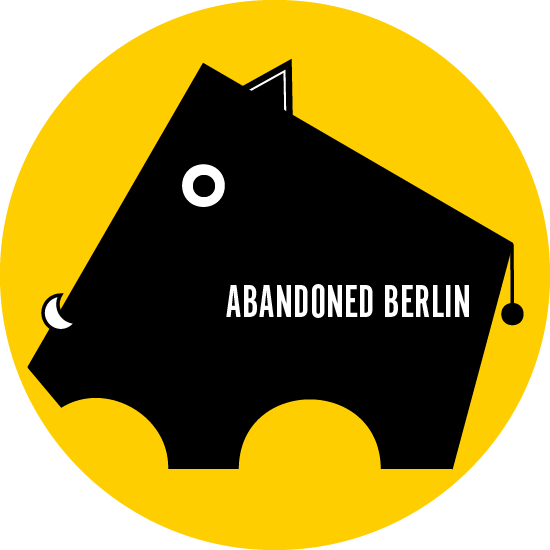


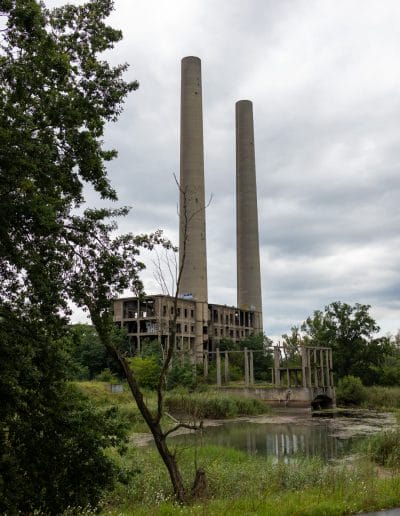
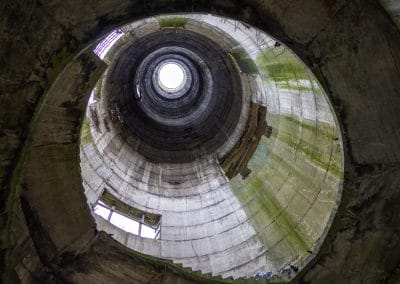
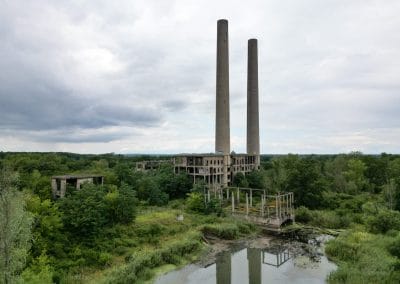
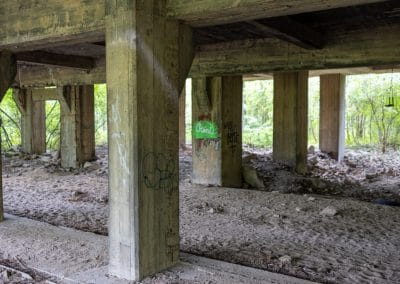
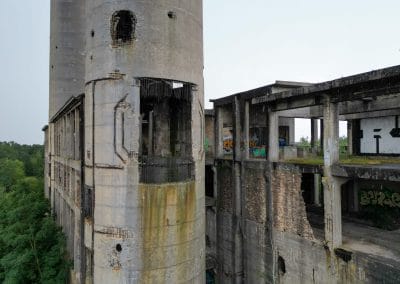
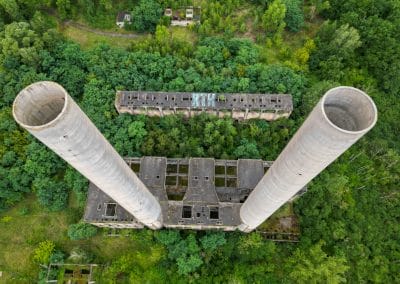

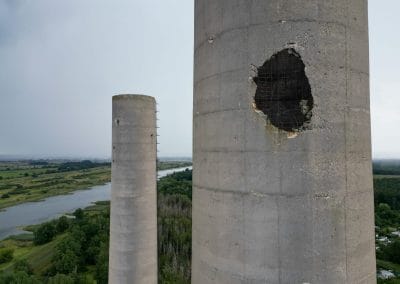
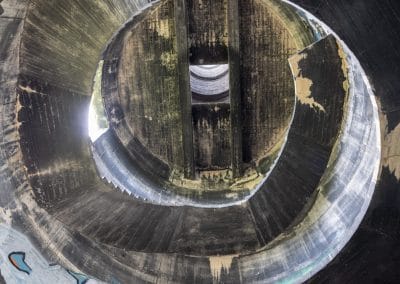
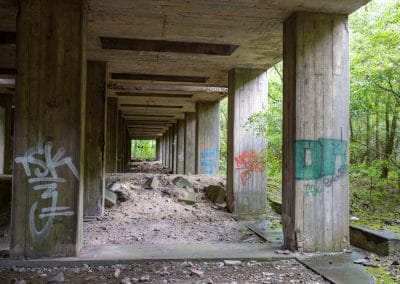
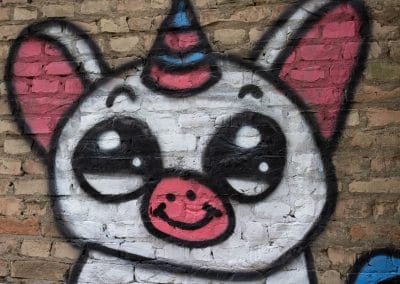
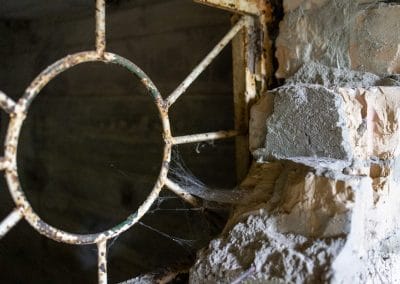

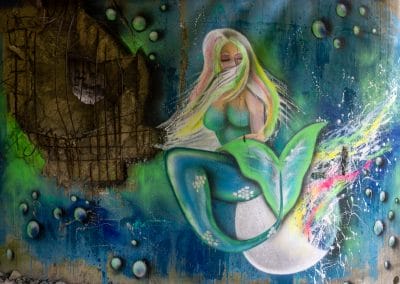




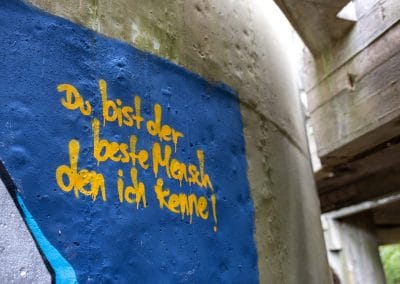

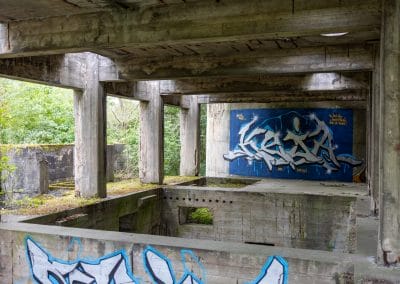
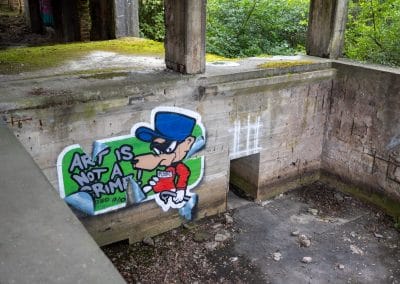
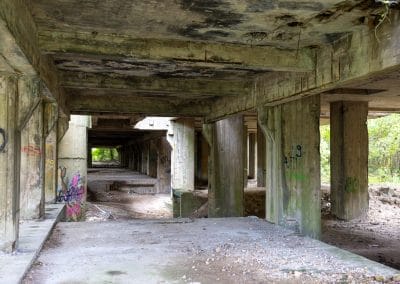
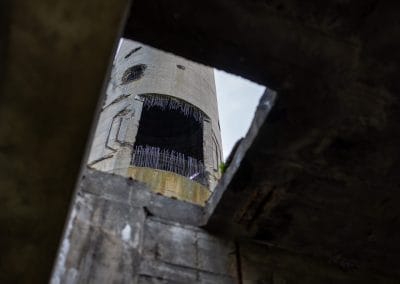


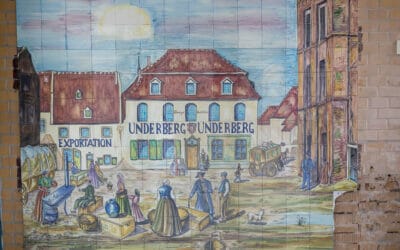

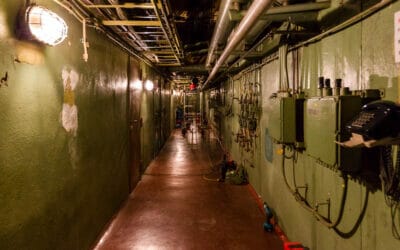
0 Comments